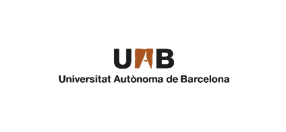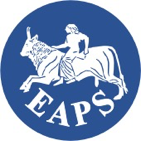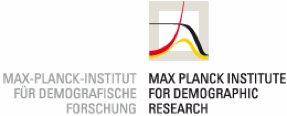ABOUT

The EDSD is an eleven-month sponsored program that is offered every year aiming to provide students with an appropriate high-level education in demography to pursue their doctoral studies. Students will acquire a solid knowledge base on the causes and consequences of demographic change, population data, statistical and mathematical demography, as well as modeling, simulation, and forecasting. Many of the School’s courses concentrate on strengthening the quantitative and programming skills of the students. The language of the School is English.
In the 2020/21 academic year, the School will be held at two different locations. The preparatory courses (from early September to October 2020) will be offered at the Max Planck Institute for Demographic Research in Rostock, Germany. The core courses (from November 2020 until end of July 2021) will be held at the Centre for Demographic Studies (Centre d’Estudis Demogràfics – CED) at the Universitat Autònoma de Barcelona, Spain.
Master’s Degree in Demography
Upon successful completion of the program and presentation of a thesis, the students enrolled in the EDSD will receive an official European Master in Demography delivered by the Universitat Autònoma de Barcelona.
Contact information: edsd@ced.uab.cat
How to apply
To be eligible for admission to the program, a student should hold a Master’s degree in demography, mathematics, statistics, public health, economics, sociology, geography, biology, computer science, history or another relevant field.
Participants must have a curious mind and a deep interest in demography and population development either of humans or of species across the tree of life, and a demonstrable competence in English. At the time of application, students may, or may not be enrolled in a PhD program. Students participating in the EDSD without being enrolled in a PhD program are expected to enroll for such a program while doing the EDSD or immediately after.
EU citizens must have a valid European Health Insurance Card (EHIC) for the duration of the program. In case of being selected as a successful candidate, non-EU citizens will have to apply for student visa in Germany or Spain and Health Insurance.
Application deadline is March 15, 2020 for start date in Sept 2020. Successful candidates will be announced in June 2020.
To apply e-mail the following documents to edsd@ced.uab.cat:
- CV detailing educational and work history, language abilities, plus any scholarly publications.
- One recent letter of recommendation.
- Motivational letter (up to 5 double-spaced pages) introducing yourself and presenting your professional interests, background (beyond what is obvious from your CV) and plans. Explain how you expect EDSD could promote your future career. Include a detailed description of your quantitative skills (mathematics, statistics, and computer programming).
- Official transcripts and degree certificates of your Bachelor’s and Master’s degrees in English or English translation.
- TOEFL (internet-based: 100, computer-based: 250, paper-based 600) or CAE test scores. Alternatively, a degree taught in English or a declaration of why you are proficient in English.





